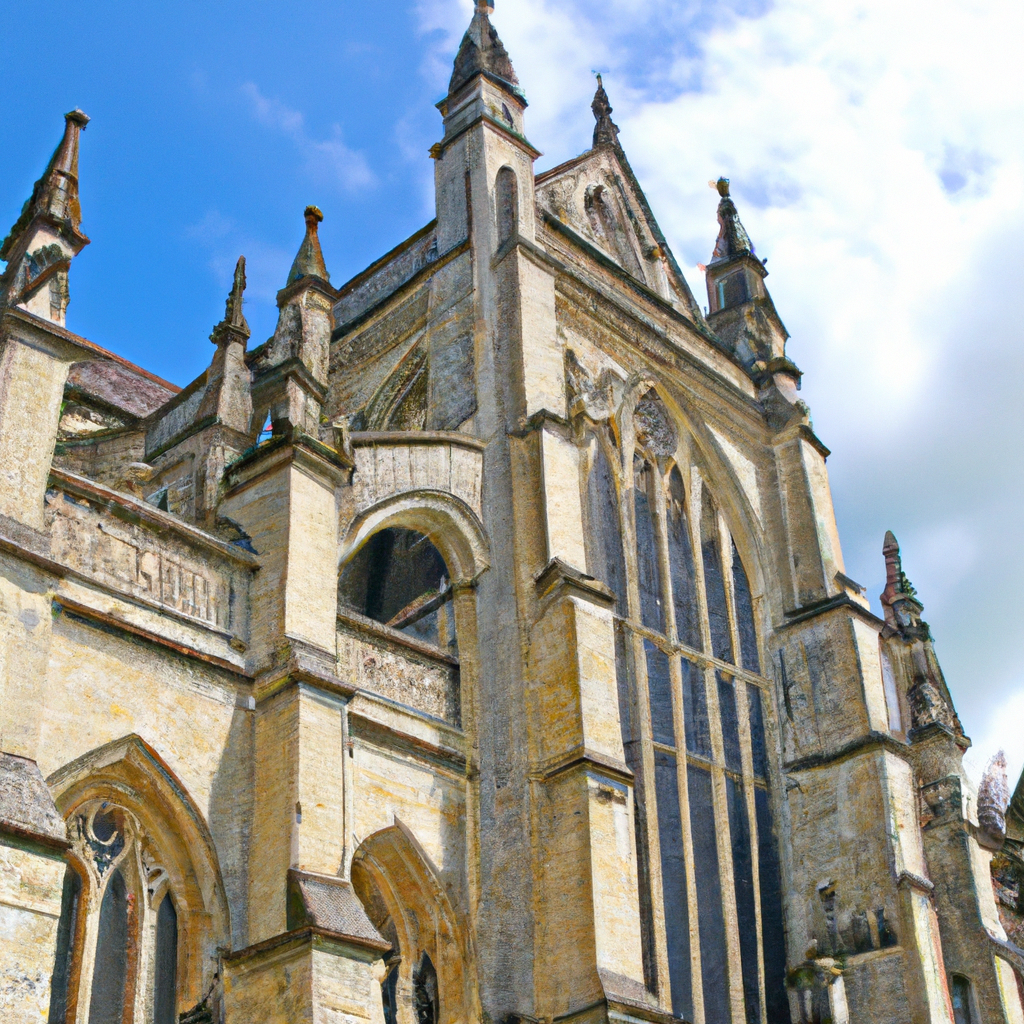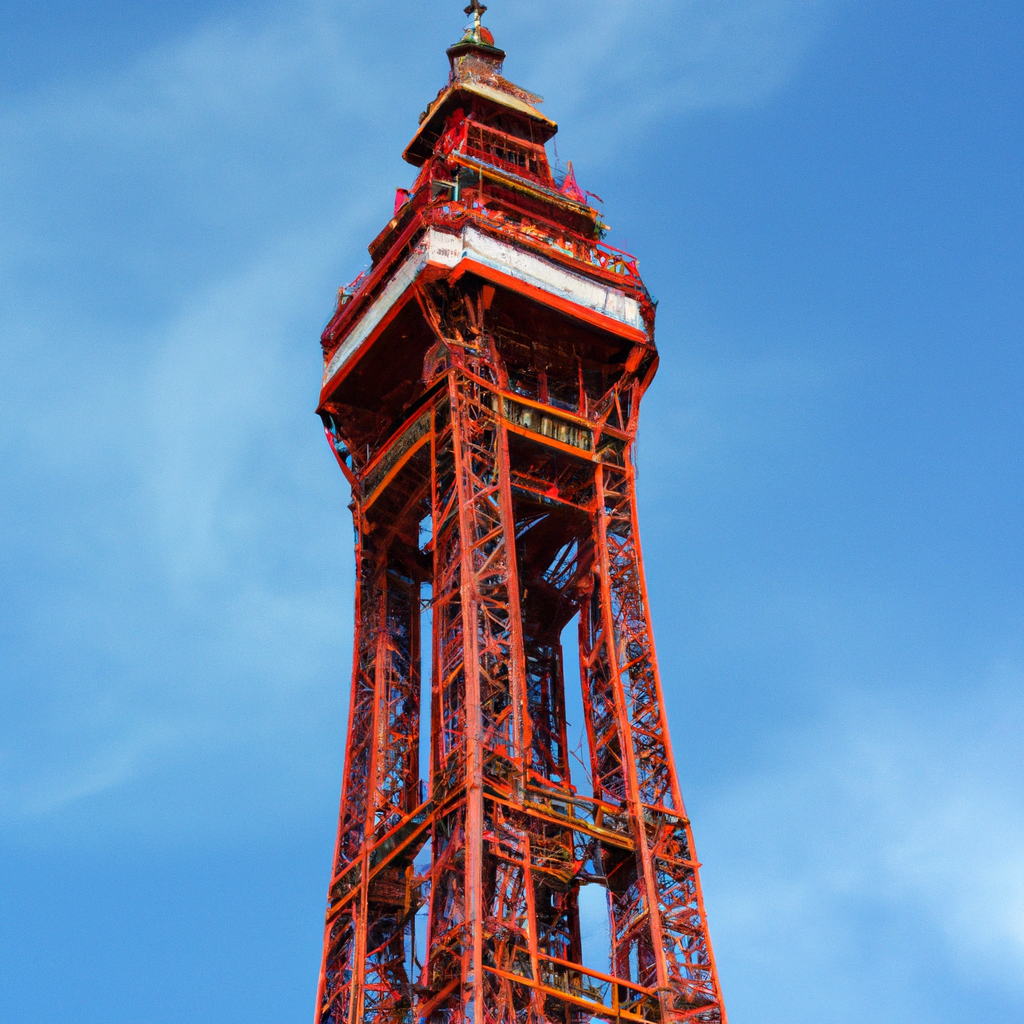The Giant's Causeway - County Antrim, Northern Ireland In United-Kingdom: Overview,Prominent Features,History,Interesting facts
Overview:
The Giant's Causeway is an area of about 40,000 interlocking basalt columns, the result of an ancient volcanic eruption. It is located in County Antrim on the northeast coast of Northern Ireland. It is made up of mostly hexagonal columns, although some with four, five, seven, or eight sides can also be found. The columns are mostly black with streaks of red and green due to certain minerals contained within the rock. The Giant's Causeway is a UNESCO World Heritage Site and a popular tourist destination. You can learn history, culture, and heritage through these magnificent monuments in United-Kingdom
Prominent Features:
1. Amazing Hexagonal-Shaped Basalt Columns: The Giant's Causeway is an area of about 40,000 interlocking columnar basalt rocks stretching for miles along the waterfront in County Antrim, Northern Ireland. It is a natural marvel made up of basalt rock formations that reach up to 40 feet high in some places. 2. Legend: The legend of the Giant's Causeway is intertwined with Irish folklore that ties it to the local warrior Fionn mac Cumhaill. The story goes that when Fionn was challenged to a fight, he built the causeway so he could cross the sea and fight his challenger on the Scottish mainland. 3. Preservation: The causeway is now a UNESCO World Heritage Site and is managed by the National Trust and maintained as a tourist attraction. Visitors can explore the causeway along a six-mile path, taking in the dramatic coastline views, the volcanic rock formations, the amazing hexagonal columns that make up the causeway, and the stone recorded more than 2,500 years ago. 4. Natural Wonders: The Giant's Causeway is one of the most awe-inspiring natural wonders in the United Kingdom. Its striking basalt columns and the spectacular surrounding coastline attract tourists from all over the world. This national monument of United-Kingdom portrays the history and culture of the country.
History:
The Giant's Causeway is an area of about 40,000 interlocking basalt columns in County Antrim, Northern Ireland. Most of the columns are hexagonal, although there are may other shapes present. The columns were created millions of years ago by cooling lava flows and compression of the rocks, particularly along vertical faults in the basement rock. The origin of the Giant's Causeway has long been a subject of debate. According to local legend, the causeway was the result of battle between the Irish giant, Fionn mac Cumhaill and the mischievous Scottish giant, Benandonner. Fionn fought off Benandonner, but the causeway was an answer from Benandonner to return as a trick to Fionn. Another legend posits that the causeway was the product of the Irish fairies who created the stones as a bridge to reach the mainland. The earliest written account of The Giant's Causeway comes from Elizabethan historian and cartographer, Richard Dodsworth, who wrote of the stones in 1639. Later accounts of the causeway by scholars in the 17th and 18th centuries suggested that it was a natural formation. The first scientific investigation of the site was by geologist and mineralogist Dr. John Mackellar, who visited the site in 1790. He proposed a different theory about its origin; that it was an ancient volcanically produced basaltic formations. In 1886, John Robert Lynch re-visited the site and argued that it was the result of a massive flow of lava and ash. This theory was widely accepted, although the exact date and causes of the flow remained unknown until much later. Geological evidence now suggests that the causeway formed between 50-60 million years ago as a result of a series of volcanic eruptions. The hexagonally shaped columns were formed when molten lava cooled and contracted as it solidified. Today, the Giant's Causeway is a UNESCO World Heritage Site and an iconic symbol of Northern Ireland. It continues to draw visitors from all over the world, who come to marvel at its majestic beauty, marvel at its geological origins, and explore its many legends and myths. You must visit one of these historical places in United-Kingdom on your United-Kingdom tour
Interesting facts:
1. The Giant’s Causeway is a spectacular formation of about 40,000 interlocking basalt columns, the result of an ancient volcanic eruption. It is the only World Heritage Site in Northern Ireland and can be found at the edge of the North Atlantic Ocean on the coast of County Antrim. 2. Legend has it that the Giant’s Causeway was made by an Irish giant called Finn McCool who wanted to fight an Scottish giant called Benandonner. 3. Formally known as ‘Clochán na bhFómharach’, which translates to 'Stepping Stones of the Fomhoraigh' in Irish, the Giant’s Causeway is a UNESCO World Heritage Site and National Nature Reserve. 4. The tallest columns reach approximately 12 meters (40 feet) in height and boast a hexagonal shape. 5. The first written accounts of the Causeway appeared in 1693, in the journal of an Antrim landowner called Sir Richard Bulkeley. 6. The Giant’s Causeway Visitor Centre explores the legend of Finn McCool, examines the formation of the causeway and displays the area's rich biodiversity. 7. The Giant’s Causeway is home to several species of seabird, dolphins, and seals, and the neighbouring farmland is home to rare plant species, including wild orchids. 8. Visitors can take part in an interactive map that shows them where to spot wildlife from the nearby nature trails. 9. You can also discover the Icelandic legend of the causeway shared by both Northern Ireland and Iceland, with an audio-visual interpretation in the centre. 10. Visitors are asked to take care when exploring the Giant’s Causeway because the basalt cliffs can be dangerous. Visit one of the famous monuments of United-Kingdom with your friends and family.
Explore United-Kingdom most popular tourist destination with us. The Giant's Causeway - County Antrim, Northern Ireland In United-Kingdom: Overview,Prominent Features,History,Interesting facts,which is 35.14 km away from United-Kingdom main town, is the most popular destination to add in your travel wishlist.
-
City:
United-Kingdom
-
state:
Northern Ireland
-
country:
United-Kingdom
-
country code:
GB
-
postcode:
440
Location:
Northern Ireland United-Kingdom













